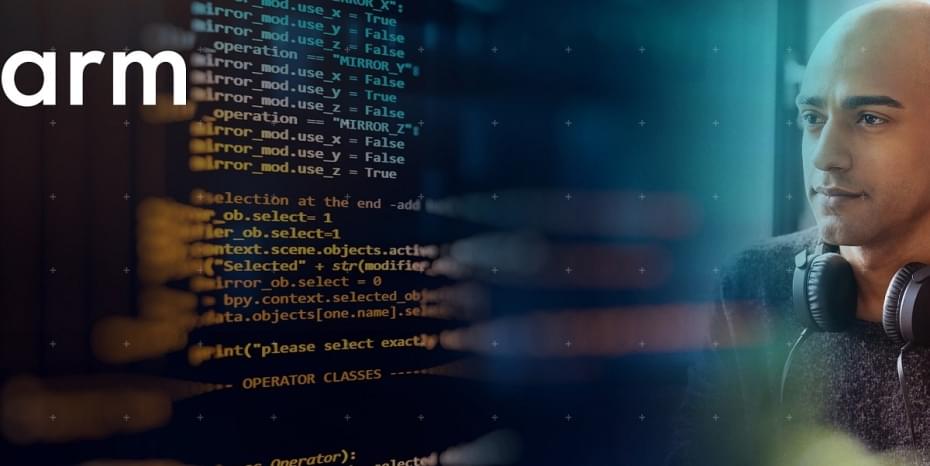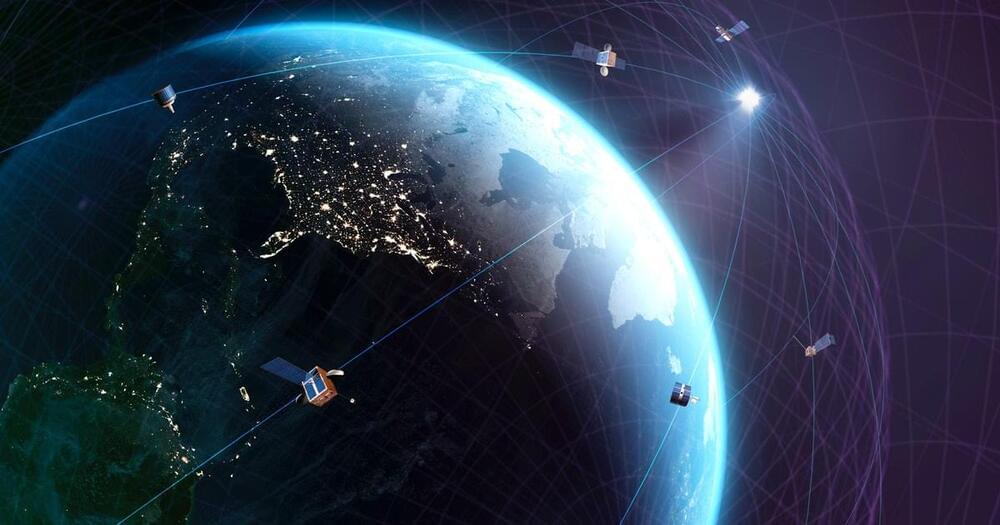Arm is releasing new chip design offerings in the internet of things (IoT), virtual hardware, and 5G sectors.
Cambridge, United Kingdom-based Arm designs the architecture that other licensed chip makers use to build their chips. Arm likes to make it easier for those licensees to come up with their applications and create a foundation for an IoT economy.
So the company said its Arm Total Solutions for IoT now delivers a full-stack solution to significantly accelerate the development and return-on-investment for IoT chip products. And Arm Virtual Hardware removes the need to develop on physical silicon, enabling software and hardware co-design and accelerating product design by up to two years, the company claimed.









